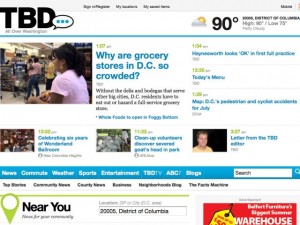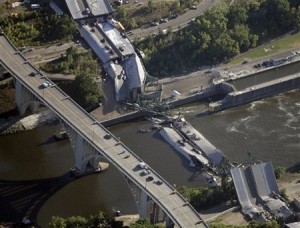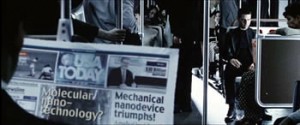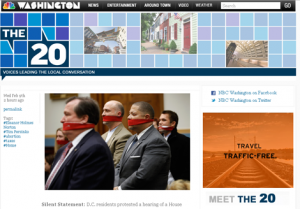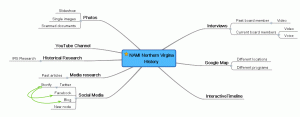BJ Koubaroulis- Guest Speaker
7 04 2011BJ Koubaroulis, a sports journalist for the DC and Northern Virginia, came to Kleins 361 class to emphasize the importance of videos. The new video era has ushered in a whole new wave of journalists, those who can write, take picture and most importantly edit video. Koubaroulis talked about how videos have taken his stories to a whole new level. Here’s an overview of Koubaroulis’ main points:
- Video has been a life changing experience. Individuals can now harness the power of videos, you don’t need a camera crew; one guy with a video camera can make a difference. This tool allowed Koubaroulis to become a better writer, an example is his video accompanying his story on a high school football star.
- Video illustrates that you could tell two stories within one story. Video allows more space for your story.
- Audio is 70% of video. *Tip: Use a wireless microphone that only picks up local sound, which only picks up sound within five feet, and eliminates background noise.
- If you take anything away from this class: Invest in yourself. Do a lot of different things: web, radio, TV, online, print. “I would do anything that people would let me do, and it’s all come back to help me very nicely.”
- Media companies want to hire people that can do the jobs of five people. Learn HTML, learn social media, learn how to use the web. You are an accumulation of all these jobs. Do all of it, and you’ll be able to do the one thing you want to do.
- A cool website that Koubaroulis admires: The Mason Tour
- Four things you need to succeed: camera, computer, microphone, and to be ready to work hard.
*An accumulation of Koubaroulis’ work here, and his blog.
Tags : BJ Koubaroulis, The Washington Post
Categories : Tech Blog Items




